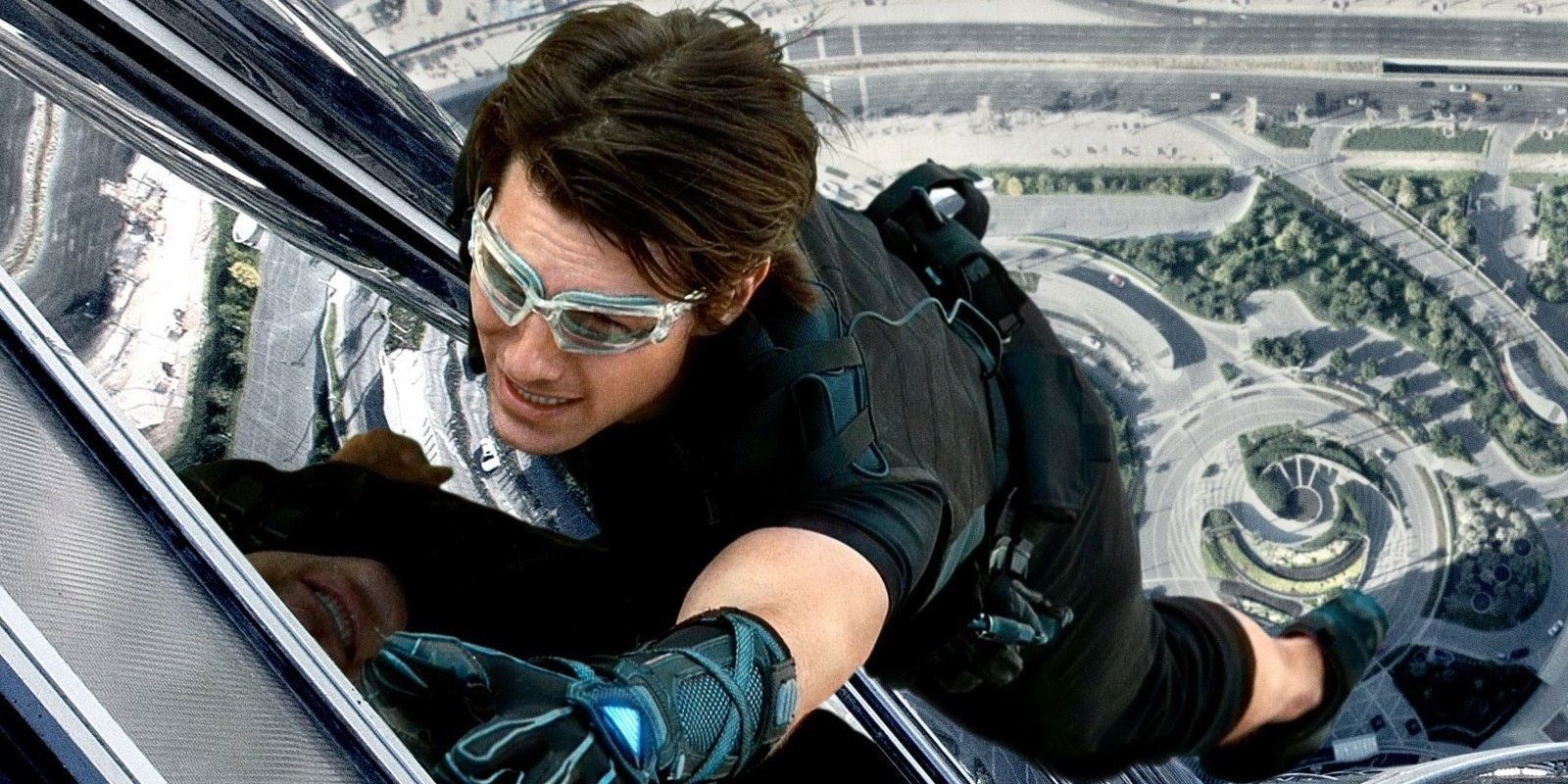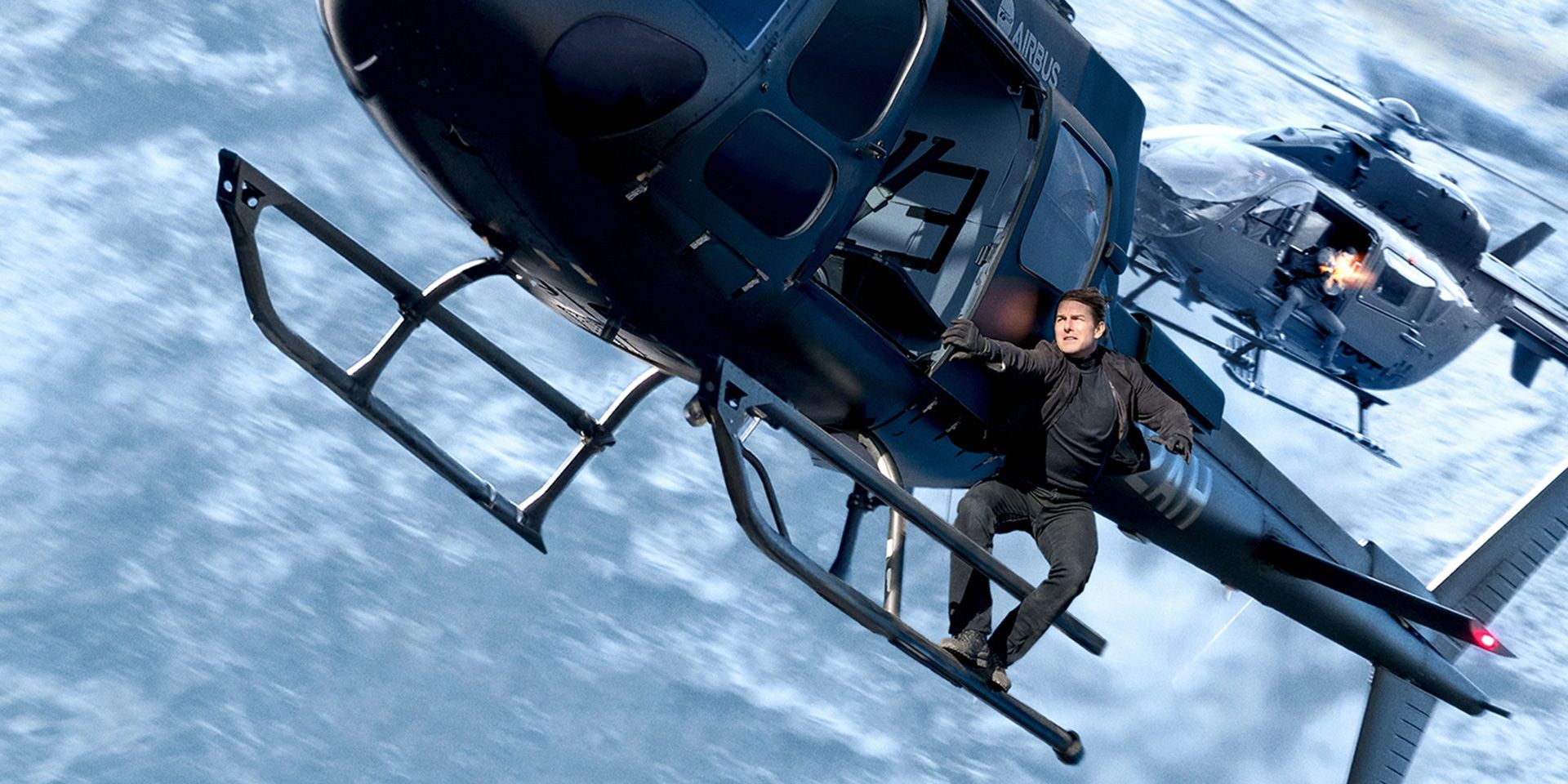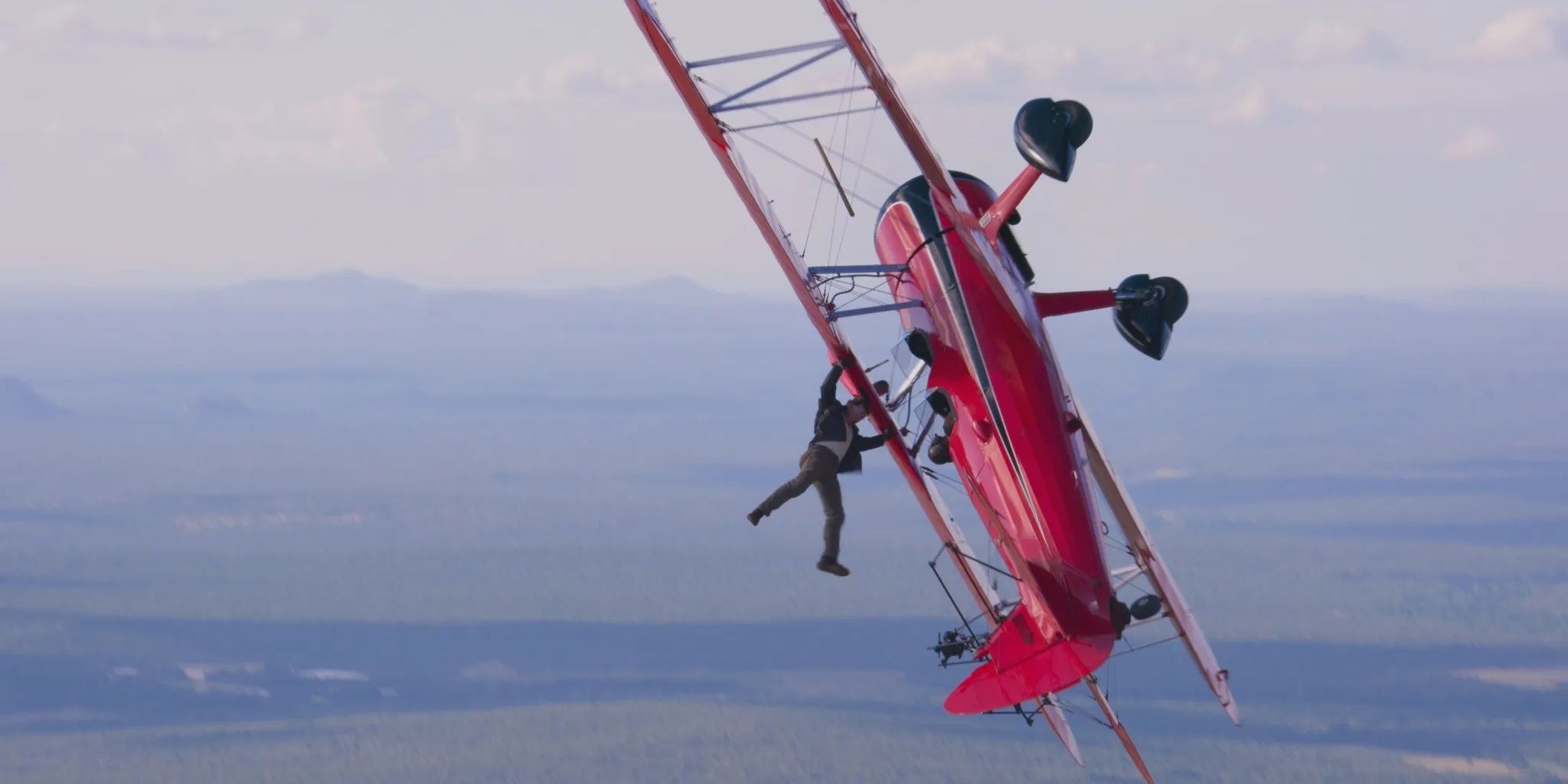Audiences only follow the plot of a movie the first time they watch it. On every subsequent viewing, they’re not watching it for a plot they already know. The things that make a movie rewatchable are everything besides the plot like the visuals, the performances, the themes, the soundtrack, the character arcs, and, in the case of the Mission: Impossible movies, Tom Cruise’s death-defying stunts. Just like audiences go to a Star Wars movie to enjoy the pure escapism of intergalactic adventures or go to a Judd Apatow production for his signature blend of laugh-out-loud hilarity and heartstring-pulling sincerity, they go to a Mission: Impossible movie to see whatever daring antics Cruise has gotten himself into this time.
In action movies, the less complicated the plot is, the better. The clue is in the name; audiences want a narrative driven by action, not a narrative that occasionally takes a break for some action. The plots of action movies only serve to get the heroes from one life-threatening situation to the next. The less screen time they dedicate to the “boring” scenes like exposition and character development and hostage negotiations, the more screen time they can dedicate to car chases and fist fights and explosions. Plotting is not the U.S.P. of the Mission: Impossible franchise; the U.S.P. is Cruise’s breathtaking practical stunt work.
Mission: Impossible is no ordinary action movie franchise, because the producers don’t use CGI or even stunt doubles to create the illusion of Ethan Hunt putting his life at risk; Cruise actually does it all for real. When audiences go to a Marvel movie or a Fast & Furious movie, they expect lifeless CGI spectacle. When they go to a Mission: Impossible movie, they expect a kind of visceral thrill they can’t get from any other franchise. Any action blockbuster can use movie magic to create the impression of skydiving or chopper flipping. But only Mission: Impossible allows its inexplicably insurable star to pull off all the stunts by himself while simply pointing a camera at him.
The scripts of Mission: Impossible movies often utilize classic MacGuffin-driven storytelling, because it’s the easiest, quickest way to string the set-pieces together. Alfred Hitchcock invented the MacGuffin for his own spy thrillers like The 39 Steps, arguably the basis for all contemporary escapist Hollywood entertainment, and North by Northwest. These Hitchcock classics were precursors to the modern James Bond and Mission: Impossible movies. In a typical Mission: Impossible movie, there’s an arbitrary plot device like nuclear launch codes or a list of enemy spies. This plot device is just there to get Ethan Hunt traveling all over the world as he goes from scaling the side of a skyscraper to hanging off a helicopter to jumping from rooftop to rooftop to fighting a mustachioed Henry Cavill on the edge of a cliff.
Ever since Cruise climbed up the side of the tallest building in the world in Ghost Protocol, the Mission: Impossible series has become an extravagant exercise in one-upmanship. In Rogue Nation, Cruise hung on the door of an airplane as it took off. In Fallout, he dangled off a helicopter and then flew that helicopter through a narrow valley. He raced across a series of rooftops, actually broke his ankle during one of the jumps, and still kept going on a broken ankle so the crew could salvage the shot. The plotting really doesn’t matter all that much in a Mission: Impossible movie, and since fans are coming to these movies to see action, that’s fine. The plot simply has to do its job without getting in the way, giving Cruise plenty of opportunities to put himself in danger.
But the next Mission: Impossible movie, Dead Reckoning, can’t get away with an insignificant plot. Not only is Dead Reckoning planned as a definitive conclusion for the franchise; it’s being split into two parts, so the plot will need to be engaging enough for the first part’s cliffhanger ending to drum up excitement for the second part. Two-part finales are becoming increasingly common in blockbuster franchises, and they’re more effective if the first part ends on a shocking bombshell twist that makes the second part a must-see, like Voldemort retrieving the Elder Wand from Dumbledore’s tomb in Harry Potter and the Deathly Hallows – Part 1 or Thanos collecting the sixth Infinity Stone and wiping out half of all life in the universe in Avengers: Infinity War.
Based on the teasers intermittently released online over the past few months, Dead Reckoning will have even bigger, bolder stunts than all its predecessors, from a train crash to a doorless car chase to a primary-colored biplane dogfight. But based on the previous entries in the franchise, it might not have a compelling enough plot to justify a two-part movie. Still, after pulling off the cinematic magic trick of Mission: Impossible – Fallout, there’s reason to have faith in Cruise and returning writer-director Christopher McQuarrie.
Mission: Impossible – Dead Reckoning Part One is set to arrive in theaters on July 14, 2023.



